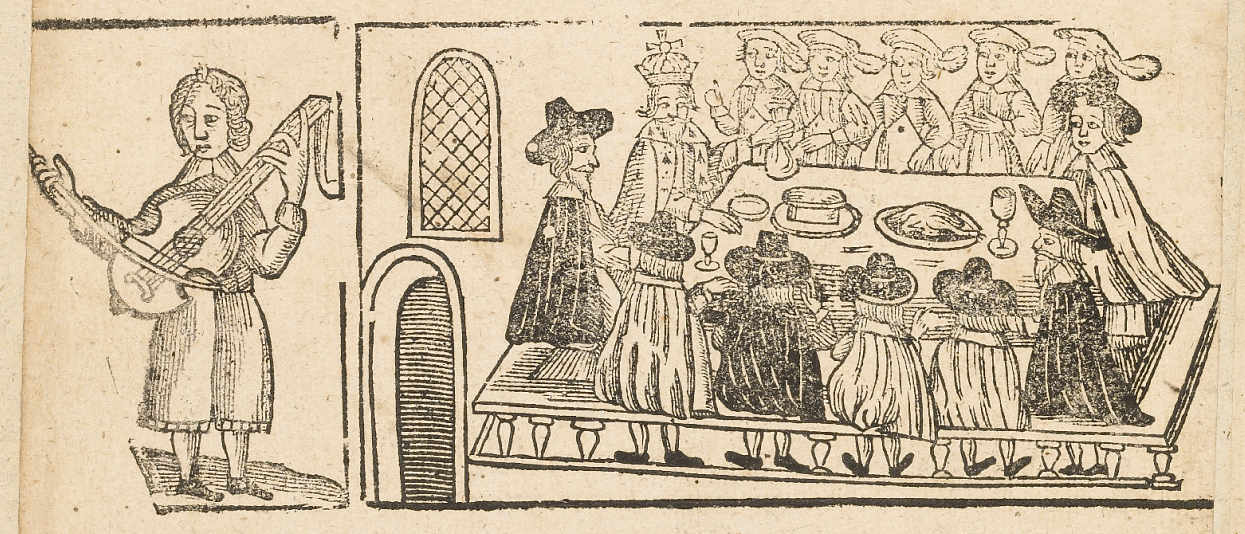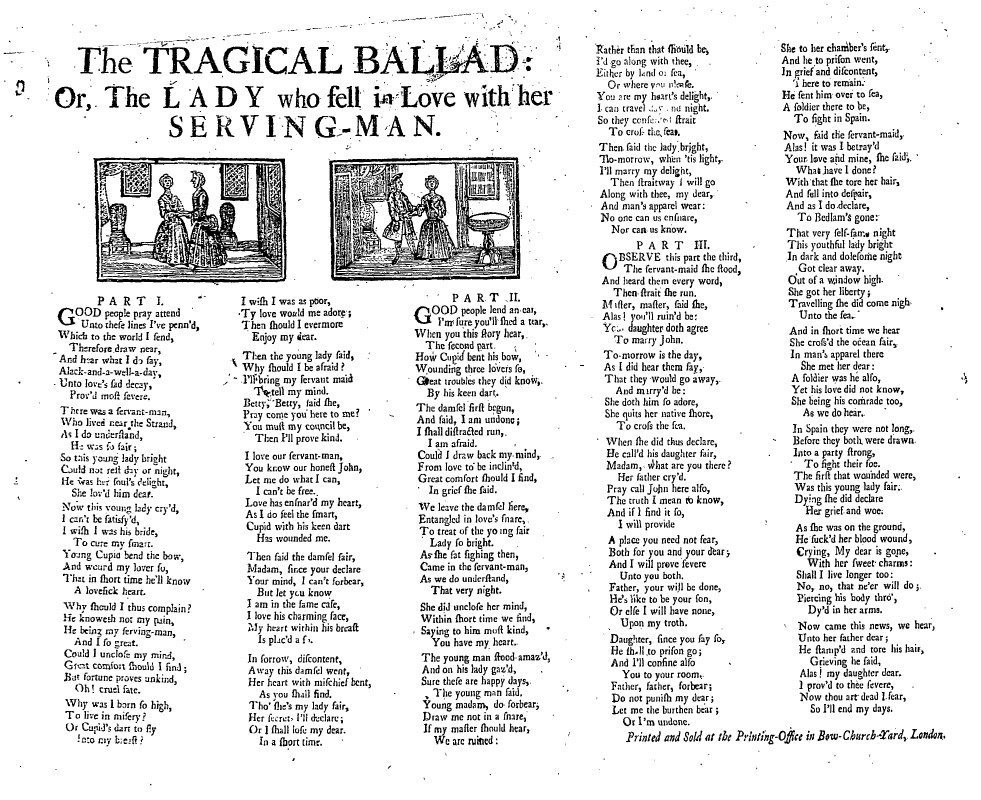
Arts & Culture
Why documentaries matter in an era of fake news

News has been falsified for as long as it’s been sold and can be traced as far back as the concept of news itself
Published 10 December 2017
Despite President Trump’s claims of ‘fake news!’, it would seem Russia has been systematically manipulating our news sources to affect the outcome of Brexit and the US election.
But how long has ‘fake news’ being going on? How new is the idea that our sources of information are being manipulated?
We should have a contest as to which of the Networks, plus CNN and not including Fox, is the most dishonest, corrupt and/or distorted in its political coverage of your favorite President (me). They are all bad. Winner to receive the FAKE NEWS TROPHY!
— Donald J. Trump (@realDonaldTrump) November 27, 2017
My research into early forms of news shows it has always been manipulated and we can trace ‘fake news’ as far back as the concept of news itself.
The sixteenth century brought the invention of moveable type and mass printing, and with it, news broadsides, which often took the form of songs.
News ballads told the major news events of the day - crimes, battles, politics - and put them to the tune of well-known songs. That way, even the mostly illiterate population could hear the news and repeat it easily. These ballads were sung and sold on the street by ballad-vendors who would sing their contents to advertise them.
Songs were therefore limited to the meter and structure of the chosen tune, so we can imagine they sacrificed accuracy for rhythm and rhyme. But did they?

All reports in this period, including songs, stressed their truth, and execution ballads in particular often claimed to be the ‘final words and confession’ of the criminal.
The ballad about Captain John Bolton, who murdered his apprentice Elizabeth Rainbow in 1775, and who committed suicide before his execution, was titled ‘A true and Tragical Song’. However, it is written, as many execution ballads were, in the first-person voice of the prisoner himself. The last verse goes:

Arts & Culture
Why documentaries matter in an era of fake news
I then did perpetrate my last vile crime,
And put a final end unto my time,
Myself I strangled in the lonesome cell,
And ceased in this transit world to dwell.
Clearly anyone singing this song was aware of the illogical claim that a dead person could recount their own suicide. But the rest of the details of the story - taking Elizabeth on as an apprentice, raping her and her subsequent pregnancy - all tally precisely with the account in the Newgate Calendar.
The key to understanding the paradoxical claims to truth in the voice of a dead man is that many news accounts in the early modern period were intended to be highly moralising – and to sell.

Like the tabloid news coverage of today, news ballads were always sensationalist, covering topics that were sure to appeal to the attention of shoppers in busy marketplaces.
The song about a 17th-century ‘engrosser’ of corn (a wholesale purchaser who buys great quantities to raise the price), who saw his barn destroyed and entire stock scattered to the wind by the devil, would have appealed to many of its poorer listeners who struggled with rising prices.
Similarly, the ballad about the 12-foot-long ‘Prophetical Fish’ that was caught near China in 1664, described it as covered in bizarre symbols and markings that would have reassured its listeners about contemporary political threats. One verse describes its rear:
There are Three Muskets and a Sword,
display’d upon the Rump;
Which shews the Hollander Aboard,
is beaten to the Stump.
Given this was printed at the height of the Anglo-Dutch wars, its seemingly fantastical prediction of the defeat of the ‘Hollander’ would nonetheless have caught the eye - and ear - of many listeners and purchasers.
But despite violent devils and miraculous fish, many ballads still recounted news events that are all too familiar and true. A ballad (or gwerz) still sung in Brittany called ‘Perinaïg Ar Mignon’ about the rape and murder of a servant girl called Perrine Le Mignon in Lannion has been traced to an actual event in 1695, and details such as street names and landmarks are perfectly accurate.
While we may despair at the corrupt manipulation of our news by Russian bots we can take comfort that - at least sometimes - the fake news purveyor eventually gets caught.

Politics & Society
Whose fake news?
Like the perjurer Titus Oates, whose false claims of a Popish Plot from 1678-1681 saw mass executions of innocent men and anti-Catholic hysteria whipped to a frenzy. Oates’ lies were eventually uncovered and he was sentenced to be whipped and stand in the pillory.
This time, the ballads about him told the truth, and the ‘Reward of Deceit’ told in both image and song of his shame.
And now must Oates stand in the Pillory?
There to be Battered so with Rotten Eggs,
Both on the face, the Body, and the Legs
Although we don’t put people in the pillory any more, nor sing the news, Oates’ tale shows us that the appetite for fake news has been around as long as there has been money to make from it.
Banner image: Hey for Christmas, between 1672 and 1696/Bodleian Library